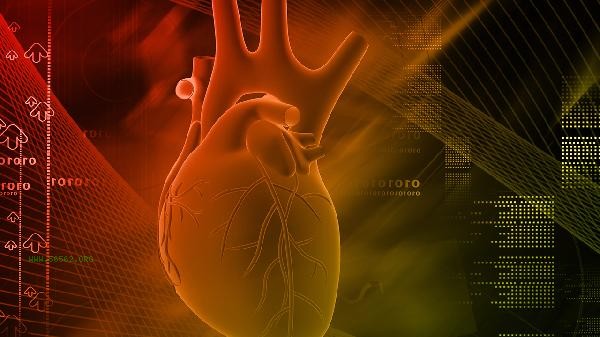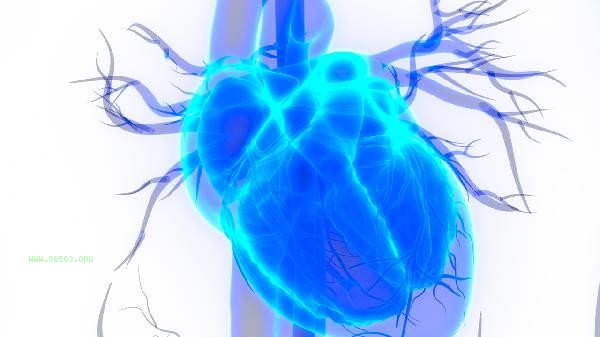Reducing visceral fat and increasing muscle mass requires a combination of scientific diet and regular exercise, including adjusting dietary structure, conducting resistance training, ensuring protein intake, controlling aerobic exercise intensity, and maintaining sufficient sleep.

1. Adjust dietary structure
Reduce the intake of refined carbohydrates and added sugars, replace white rice and flour with whole grains, and increase the proportion of vegetables, fruits, and high-quality protein. Avoid fried foods and trans fats, and choose healthy sources of fat such as olive oil and nuts. The daily calorie intake should be slightly lower than the consumption, but excessive dieting should be avoided to prevent muscle loss.
2. Conduct resistance training
Conduct strength training 3-4 times a week, focusing on exercising large muscle groups such as chest, back, and leg areas, using compound movements such as squats, hard pulls, and bench presses. Repeat each action 8-12 times, gradually increasing the weight. Resistance training can effectively stimulate muscle growth, increase basal metabolic rate, and help burn visceral fat.
3. Ensure protein intake
Daily intake of 1.6-2.2 grams of protein per kilogram of body weight, with priority given to high-quality protein such as chicken breast, fish, eggs, and low-fat dairy products. Protein can promote muscle synthesis, reduce muscle breakdown, and has a high food heat effect, which helps with fat burning. supplementing protein within 30 minutes after training yields better results.

4. Control the intensity of aerobic exercise
Engage in 2-3 moderate intensity aerobic exercises per week, such as brisk walking, swimming, or cycling, for 30-45 minutes each time. Avoid prolonged low-intensity aerobic exercise to prevent muscle depletion. High intensity interval training can be used to alternate high-intensity exercise and recovery in a short period of time, which can both reduce fat and maintain muscle mass.
5. Maintain Adequate Sleep
Ensure 7-9 hours of high-quality sleep every day. Lack of sleep can lead to increased cortisol levels, promote visceral fat accumulation, and inhibit the secretion of muscle growth hormone. Establishing a regular sleep routine, reducing blue light exposure before bedtime, and creating a quiet and dark sleeping environment can help with body recovery and muscle synthesis. Reducing visceral fat and increasing muscle mass is a long-term process that requires persistence. It is recommended to establish reasonable phased goals and regularly monitor changes in body fat percentage and muscle mass. Be careful to avoid muscle loss caused by rapid weight loss, maintain a moderate calorie deficit while ensuring nutritional balance. Warm up and stretch before and after exercise to prevent sports injuries. If there are special health conditions, personalized plans should be developed under the guidance of professionals. Maintaining patience and persistence is necessary to achieve improvements in healthy body composition.









Comments (0)
Leave a Comment
No comments yet
Be the first to share your thoughts!